Future
Interested in joining us? Please contact Pauline.
Potential graduate students: for more information about applying see the web page for the graduate program in Physics & Astronomy at Western.
Current
Pauline Barmby (group leader)
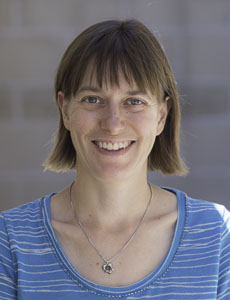 My current research focuses on nearby galaxies, particularly the Andromeda galaxy (M31) and
other galaxies in our Local Group. I’ve used quite a few different telescopes and instruments, with a lot of emphasis on infrared observations with the Spitzer Space Telescope. My group has studied star-forming regions, star formation laws, polycyclic aromatic hydrocarbons, and X-ray emitting star clusters in M31, among other topics.
My current research focuses on nearby galaxies, particularly the Andromeda galaxy (M31) and
other galaxies in our Local Group. I’ve used quite a few different telescopes and instruments, with a lot of emphasis on infrared observations with the Spitzer Space Telescope. My group has studied star-forming regions, star formation laws, polycyclic aromatic hydrocarbons, and X-ray emitting star clusters in M31, among other topics.
I came to Western from the Smithsonian Astrophysical Observatory, where I was a member of the Spitzer/IRAC instrument team and worked on a variety of science topics including distant galaxies and variable stars in the Milky Way. My PhD thesis was on globular clusters in the Andromeda galaxy, and I started my research career working on galaxy clusters.
Callum Dewsnap (PhD 2025)
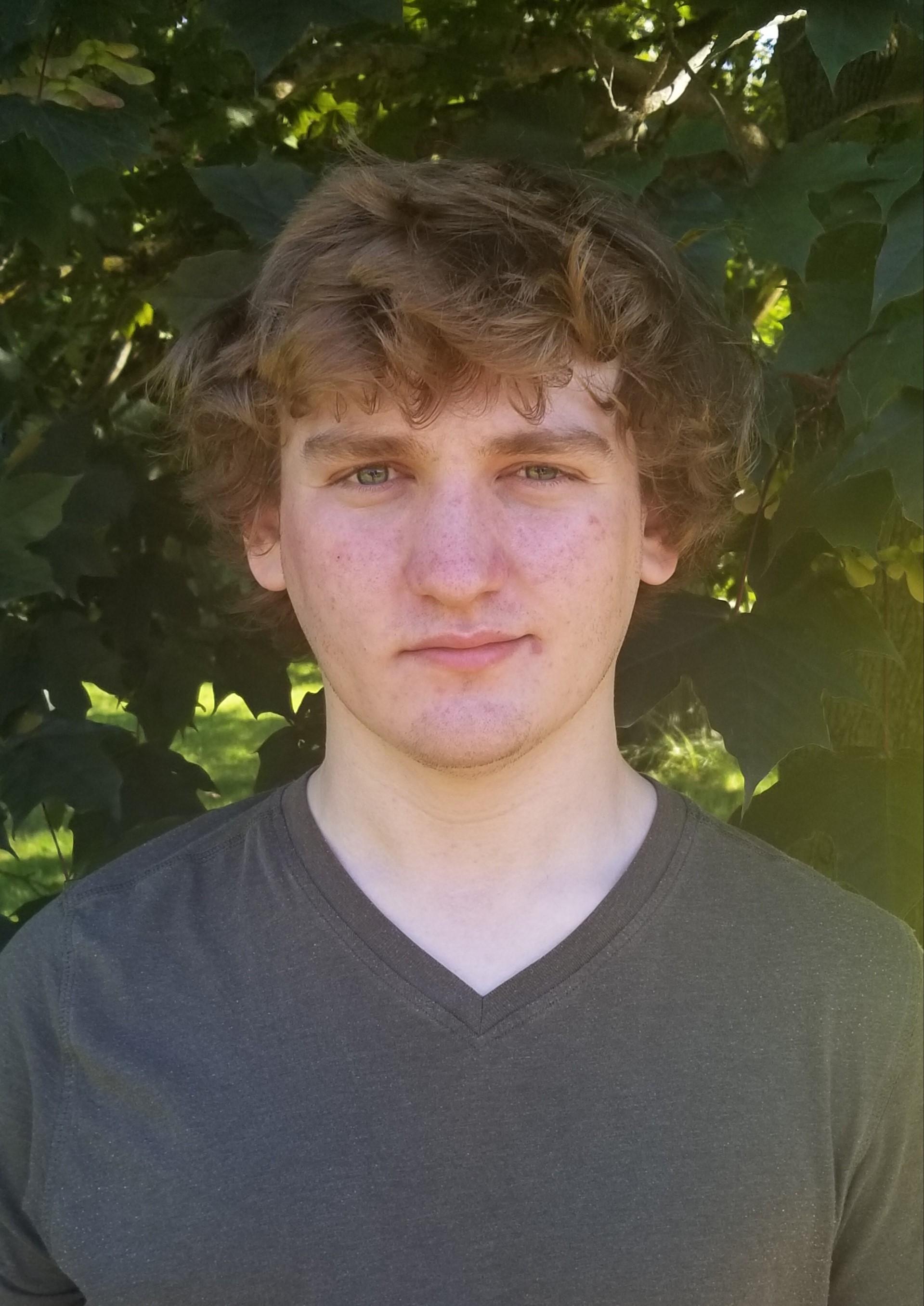
My research focuses on the relationship between high redshift galaxies and the AGN they may host. Specifically, I model the surface brightness profiles of galaxies to determine properties such as size and morphology. These surface brightness profiles are significantly contaminated by the presence of AGN, so to determine the morphological parameters of the host galaxy we must disentangle the light coming from the galaxy and the AGN. I’ve performed these analyses on thousands of active galaxies imaged by telescopes such as JWST, HST, and the Subaru Telescope.
Adrien Hélias (PhD 2026)
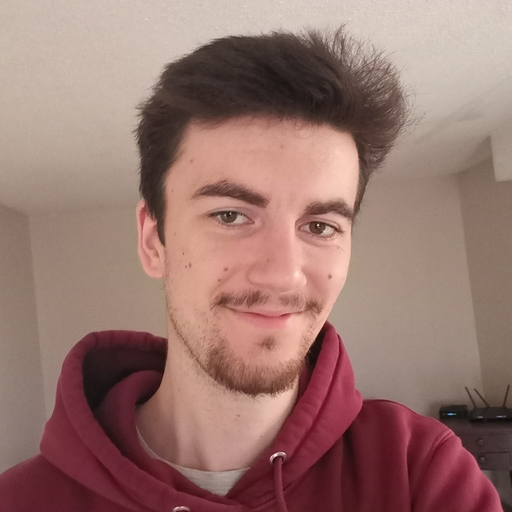 I am a 2nd year PhD student co-supervised by professors Pauline Barmby and Sarah Gallagher (specialities: black holes, quasars, active galactic nuclei). I am currently working on low-mass black holes in galaxies, trying to find a sample of such objects by cross-matching and analyzing the sky surveys of the universe. I am especially interested in using AGN variability as a way to find these low-mass black holes.
I am a 2nd year PhD student co-supervised by professors Pauline Barmby and Sarah Gallagher (specialities: black holes, quasars, active galactic nuclei). I am currently working on low-mass black holes in galaxies, trying to find a sample of such objects by cross-matching and analyzing the sky surveys of the universe. I am especially interested in using AGN variability as a way to find these low-mass black holes.
You can find my publications and my CV on this website. You also can find more about me on my Linkedin here.
Hannah Christie (MSc 2025)
My research focuses on investigating the properties of low-surface brightness galaxies (LSBs), which are galaxies that are dimmer than the night sky. In particular, I am interested in probing the relationship between stellar mass and star formation rate in these low luminosity systems. I use large multi-wavelength catalogs of data from GALEX, SDSS, and WISE in order to identify samples of LSBs and calculate their parameters. During my BSc. in Honours Astrophysics at McMaster University, I worked with Prof. Pauline Barmby and Adrien Helias in order to create a treasury of Nearby Galaxy Surveys with a particular focus on the impact large panoramic sky surveys on traditional targeted surveys.
Alyson Loney (Bsc 2025)
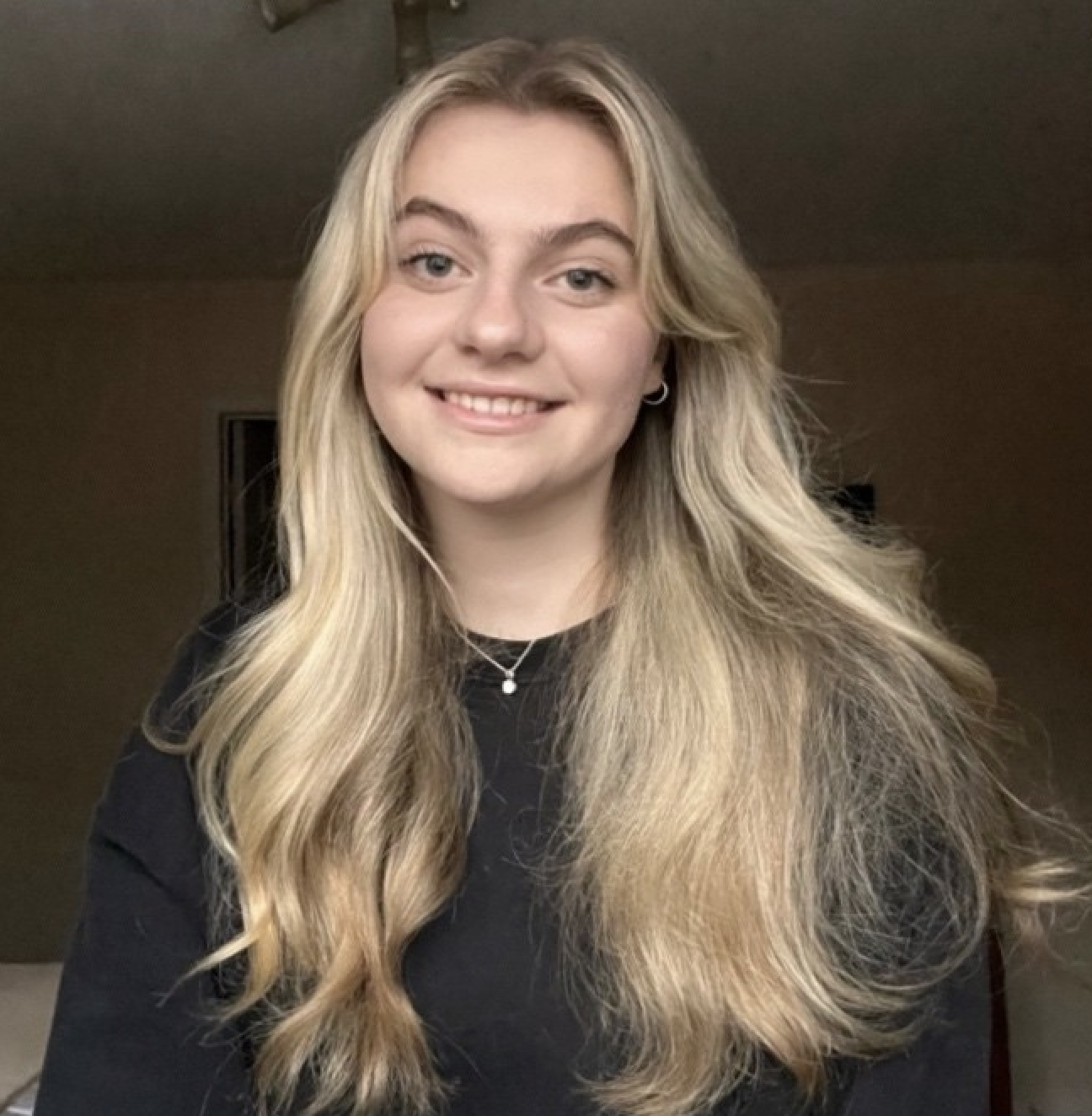 I study the intriguing star formation taking place in low surface brightness (LSB) spiral galaxies, with an emphasis on the target galaxy UGC10140. LSB spiral galaxies have very low star formation rates despite having large gas reservoirs, and yet they are distinctly blue in color. Utilizing multiwavelength photometry from three instruments: Astrosat UVIT, Harlan James Smith GCMS, and Spitzer IRAC — I am able to combine measurements into multiwavelength spectral cubes and derive spatially resolved star formation histories.
I study the intriguing star formation taking place in low surface brightness (LSB) spiral galaxies, with an emphasis on the target galaxy UGC10140. LSB spiral galaxies have very low star formation rates despite having large gas reservoirs, and yet they are distinctly blue in color. Utilizing multiwavelength photometry from three instruments: Astrosat UVIT, Harlan James Smith GCMS, and Spitzer IRAC — I am able to combine measurements into multiwavelength spectral cubes and derive spatially resolved star formation histories.
You can find more about me on LinkedIn.
Recent alumni
Matheus do Carmo Carvalho (MSc 2024)
Matheus was a Master’s student focusing on understanding the star formation in Superspiral galaxies and more specifically in the Rubin’s Galaxy. During his BSc. of Physics he investigated properties of local peculiar galaxies based on their optical spectra and photometry obtained from the OPD/LNA observatory. He analyzed the Carbon Monoxide emission (from 1-0 and 2-1 transitions) line from millimeter-wavelength spectra observations of the Institut de Radioastronomie Millimetrique (IRAM) and compared it with the H-alpha emission line of SITELLE, the latest instrument integrated at the CFHT. His goal was to understand the gas (and therefore the stars born from it) in isolated giant spiral galaxies and its functioning in regards to normal-sized objects.
You can find more about Matheus on LinkedIn.
Bavithra Naguleswaran-Ajanthan (MSc 2023)

Bavithra’s research was focused on UGC 2885, a very large galaxy with a low star formation rate. Her focus was to calculate and understand the metallicity gradient of UGC 2885 data using data from SITELLE. SITELLE provides the necessary spectral lines to calculate the metallicity. The goal wass to understand why this massive galaxy has such a low star formation rate by further understanding its star population throughout the galaxy.
You can find more about Bavithra on LinkedIn.
Hadi Papei (PhD 2023)
 In his Ph.D., Hadi developed the first public Python package to measure star formation histories of nearby galaxies using the colour-magnitude of their resolved stars. This package can also be used to simulate stellar populations with different input parameters, i.g. star formation history, age-metalicity relation, distance, reddening, IMF, observational uncertainties etc.
Hadi also investigated the unresolved background galaxies’ contamination effect in measuring nearby galaxies’ star formation histories. He analyzed the contamination effect for galaxies at different distances and surface brightnesses and observational parameters like photometry depth.
For more info about Hadi, please check his LinkedIn.
In his Ph.D., Hadi developed the first public Python package to measure star formation histories of nearby galaxies using the colour-magnitude of their resolved stars. This package can also be used to simulate stellar populations with different input parameters, i.g. star formation history, age-metalicity relation, distance, reddening, IMF, observational uncertainties etc.
Hadi also investigated the unresolved background galaxies’ contamination effect in measuring nearby galaxies’ star formation histories. He analyzed the contamination effect for galaxies at different distances and surface brightnesses and observational parameters like photometry depth.
For more info about Hadi, please check his LinkedIn.
James Xu (MSc 2022)
James studied the nearby elliptical galaxy Maffei 1, analysing near-infrared imaging to construct a catalogue of its globular clusters.
For more info about James, please check his Linkedin.
Robin Kwik (MSc 2022)
Robin completed her MSc in Geography, applying GIS techniques to analyze Hubble Space Telescope images of UGC 2885.
For more info about Robin, please check her Linkedin.
Dayi David Li (MSc 2020)

David completed his Master’s degree in Statistics. His research focused on devising statistical methods for comparing inhomogeneous spatial point processes/random shapes. He studyied the spatial dependence between the CO filaments and young star clusters in the M33 galaxy. Methods exist in spatial statistics field for analyzing spatial dependence for homogeneous point processes but few do for inhomogeneous processes. CO filaments and star clusters both exhibit similar global inhomogeneity which renders the existing methods unsuitable for investigating the dependence structure. He came up with novel techniques that can address this issue and aid fellow astronomers to better analyze the spatial structure of astronomical objects and possibly generate new physical insights.
For more info about David, please check his Linkedin.
Mark Gorski (Postdoc 2017-2019)
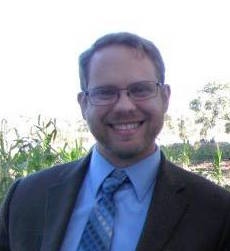 Mark uses molecular spectra from radio and submillimeter telescopes to probe physical conditions of the interstellar medium within nearby galaxies. Nearby galaxies permit access to weak, but diagnostically important tracers that can be applied to a much wider range of galactic star formation rates and environments. The connection between star formation and the ISM is responsible for large uncertainties in galaxy evolution and the main source of uncertainty limiting future progress. He’s specifically interested in the effect of mechanical and radiative feed-back processes and how they might impede the formation of stars.
Mark uses molecular spectra from radio and submillimeter telescopes to probe physical conditions of the interstellar medium within nearby galaxies. Nearby galaxies permit access to weak, but diagnostically important tracers that can be applied to a much wider range of galactic star formation rates and environments. The connection between star formation and the ISM is responsible for large uncertainties in galaxy evolution and the main source of uncertainty limiting future progress. He’s specifically interested in the effect of mechanical and radiative feed-back processes and how they might impede the formation of stars.
More about Mark’s research and his CV can be found on his website.
Matt Shubat (BSc 2019)

Matt’s undergraduate thesis project was focused on comparing two popular astronomical datasets: NED and SIMBAD. He looked at the M83 galaxy object entries and comparing their classifications in an automated fashion. Based on such an analysis he generated useful metrics and results which gave a clearer view of how the classifications compare between the two resources. His tool has been used by researchers in our group to see how other datasets compare between NED and SIMBAD in terms of similarity, differences, and provide some insight into accuracy.
Matt graduated in 2019 with a degree in Computer Science and Physics. You can find out more about him on LinkedIn.
Robin Arnason (PhD 2018)
 Robin’s PhD thesis investigated the details of the formation and evolution of binary systems that have a compact object (white dwarf, neutron star, and black hole). Studying compact object binaries is difficult in the Milky Way, where there is a lot of uncertainty about the distance, age, and metal content of stellar populations, so we often use globular clusters or nearby galaxies instead. You can find
Robin’s publications here. Robin is now a senior scientist at Interface Fluidics.
Robin’s PhD thesis investigated the details of the formation and evolution of binary systems that have a compact object (white dwarf, neutron star, and black hole). Studying compact object binaries is difficult in the Milky Way, where there is a lot of uncertainty about the distance, age, and metal content of stellar populations, so we often use globular clusters or nearby galaxies instead. You can find
Robin’s publications here. Robin is now a senior scientist at Interface Fluidics.
Alex Kiar (BESc/HBA 2018; USRA 2016)
 Alex’s research involved the use of clustering algorithms to analyze a multi-wavelength astronomical catalog
of point sources in a nearby galaxy. The paper from this research is here. For more about Alex, see his LinkedIn.
Alex’s research involved the use of clustering algorithms to analyze a multi-wavelength astronomical catalog
of point sources in a nearby galaxy. The paper from this research is here. For more about Alex, see his LinkedIn.
Sachi Elkerton (BSc 2017)
 Sachi’s thesis research was on mass-losing dusty stars in nearby
dwarf galaxies. For more about Sachi see her LinkedIn
Sachi’s thesis research was on mass-losing dusty stars in nearby
dwarf galaxies. For more about Sachi see her LinkedIn
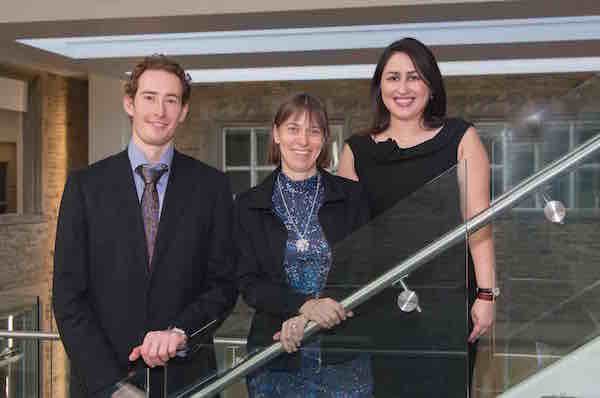
Neven, Pauline and Sahar on Convocation day, fall 2016
Sahar Rahmani (PhD 2016)
Sahar’s research involved using modern statistical and machine learning techniques to study the star formation rate in external galaxies. Find her publications here and her PhD thesis here. For more about Sahar see her LinkedIn.
Neven Vulic (PhD 2016, MSc 2012)
Neven is interested in the X-ray populations of nearby galaxies (M31, M51, etc.), specifically X-ray binary systems. What are the impact of various environmental parameters on the formation and evolution of X-ray sources? In addition, he studies the characteristics of X-ray populations, such as physical/flux distributions and variability, to investigate their connection with galaxy properties. He is now a Postdoctoral Associate at NASA’s Goddard Space Flight Center.
Find his Western webpage here, PhD thesis here and publications here.
Masoud Rafiei Ravandi (MSc 2015)
 Masoud studied the mid-infrared halo of the Andromeda galaxy.
He completed his PhD at the University of Waterloo and Perimeter Institute. Find Masoud’s publications here.
Masoud studied the mid-infrared halo of the Andromeda galaxy.
He completed his PhD at the University of Waterloo and Perimeter Institute. Find Masoud’s publications here.
Sophia Lianou (PDF 2012-2015)
 Sophia’s research is on multi-wavelength studies of star formation in nearby galaxies. She is now a researcher at the National Observatory of Athens. Find Sophia’s publications here.
Sophia’s research is on multi-wavelength studies of star formation in nearby galaxies. She is now a researcher at the National Observatory of Athens. Find Sophia’s publications here.
Dimuthu Hemachandra (MSc 2014)
Dimuthu studied the Polycyclic Aromatic Hydrocarbons in Andromeda; find his MSc thesis paper here. Dimuthu was a faculty member at Brescia University College and completed his PhD in Bio-medical Engineering at Western.
Andrea Hidalgo Valadez (BSc, Mitacs Globalink 2014)
Andrea investigated the use of clustering algorithms in analysis of multi-wavelength astronomical catalogs. She completed her MSc in astophysical instrumentation at INAOE, Mexico in 2017 and completed her a DPhil at Oxford.
Gabe Keenleyside (BSc 2014)
Gabe’s research involved precisely locating an X-ray binary within a star cluster in M31. He is completing a BSc in Computer Science at Western.
Mitchell Croley (MSc 2013)
Mitchell measured the metallicity gradient in M31 HII regions. He is now working as an actuarial analyst at Pacific Life Re.
Judi Agar (MSc 2012)
Judi’s research was on the structure of X-ray binary-containing globular clusters in Andromeda; her MSc thesis paper is here. She is now a college astronomy professor and high school science and mathematics teacher.
Ghazal Farhani (MSc 2012)
Ghazal studied the HII regions in the nearby galaxy NGC 5128. She completed her PhD in atmospheric physics in the Western Physics & Astronomy Purple Crow Lidar group and is now a at the National Research Council.
Roger Odell (BSc 2012)
Roger investigated the use of machine learning algorithms in classifying colours of objects measured with the Spitzer Space Telescope. He is now an MSc student in particle physics at Carleton University.
Colleagues
We collaborate with several other research groups in our department including those of Sarah Gallagher and Els Peeters, and form part of Western’s extragalactic journal club. We’re also part of Western’s Center for Planetary Science & Exploration.
